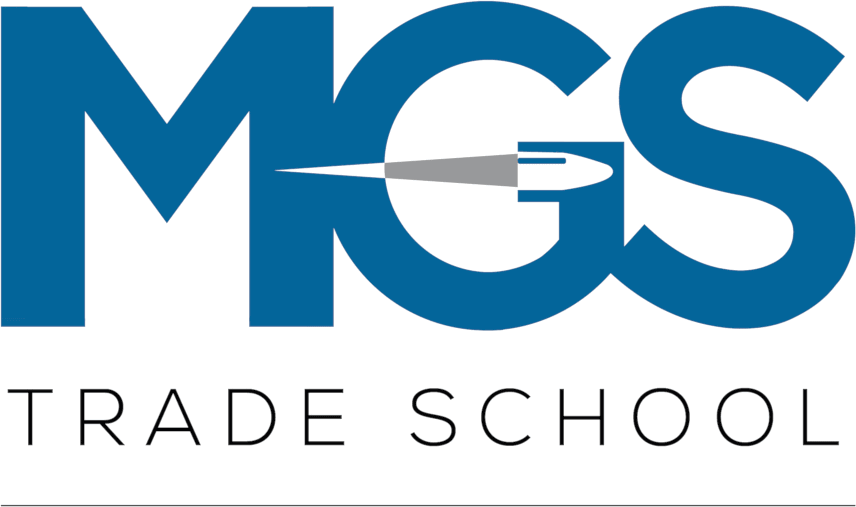Unit 4: Step by Step
Lesson 10
Unit 4’s first lesson is really an artist’s niche. You don’t necessarily need artistic ability to checker and carve, but the mentality does help. The amount of time and effort put into checkering can be very gratifying, from the different tools used to restoring original checkering patterns and creating your own designs.
The tools used range from the classic standard hand tools to some newer powered tools and gauges to carbon paper, plastic tape, and even decal patterns. All of these are preferences for what you like or are comfortable with. The decals are recommended for beginners but hailed as the best in the industry.
Moving up to carving whether it be script, scenery, or animals is where artistic talent can flourish. Again, I’m not saying it’s impossible to do but it will come easier if you are already artistic. Either way, it still requires practice. With all this, you will need a checkering cradle. There are designs to make your own in this lesson as well.
The weapon for this lesson is the Crossman 760. This portion is fairly large and covers a lot. It has a lot of moving parts and has a lot of tips on how to troubleshoot when there is an issue you can’t quite put your finger on.
The final part of this lesson is Public Relations and Advertising which I found surprisingly interesting. I know advertising can be hired out while some people have a knack for it. But Public Relations is a bit more involved. This again can be hired out but tends to be a bit more on the expensive side. There are some people who can really shine on their own with this and in my opinion, if you can do it, you should. This is something I believe means more for a shop owner when he can get out there and push his own brand. You can, however, take lessons for PR work yourself if you are less outgoing than most other people
Lesson 11
Unit 4’s Lesson 11 focused on setting up your own shop. I really liked this section for its detail when it came to what really goes into making a shop your shop.
There’s some skill involved when converting small areas into workable areas such as a small spare room or building your own shop yourself. The lesson highlights some often-overlooked parts of building your shop. This section also has a lot of drawings of how to make a bench, how to figure out the height of the tabletop for you, and how to place things like electric sockets to help make things a little easier for you.
Next, we move from the shop to firearm service records. I liked the full description of why the records are needed, such as in the case of theft from your shop. The descriptions also include the importance of keeping records and invoices for repairs and why you should never use just one for all records. There is no federal record that needs to be filed beyond your FFL, but there are federal regulations as to what you need to record and when.
The Remington 550 is the final part of this lesson. It is a reasonably easy weapon to disassemble but, if there are parts needed to be replaced, they are not easy find, and you should allow ample time to search for them when repairing one of these rifles.
Lesson 12
This is where the drawings for your workbench come in. I liked how informative this section is. The work bench set up walks you through not just the bench but the placement of storage, electrical sockets, spacing of work area, bench height, and lighting. I liked how the lesson explained the entire building process and the reasoning behind why you should do it a certain way. You can of course alter things to suit your needs better as well. For instance, with a bench and the type of work you are doing, running water and a small sink are as important as well as heating for colder months.
And lastly, the final section is about gunpowder and ballistics. I learned the evolution of gunpowder vs. the firearm and how they evolved together. Last but not least is ballistics. This, in my case, will need another read over several times to fully understand the grain vs. velocity vs. cartridge size.
Overall, I enjoyed this entire unit more than I thought I would. Again, there is a large amount of information in Unit 4 and should be read slowly and carefully. Don’t be afraid or ashamed to use your resources.
Written by J. Jacobs, The MGS Experience Student


